Environmental Monitoring—The Power of Science to Enhance Appropriate Actions
NIES International Forum Report, Part 4
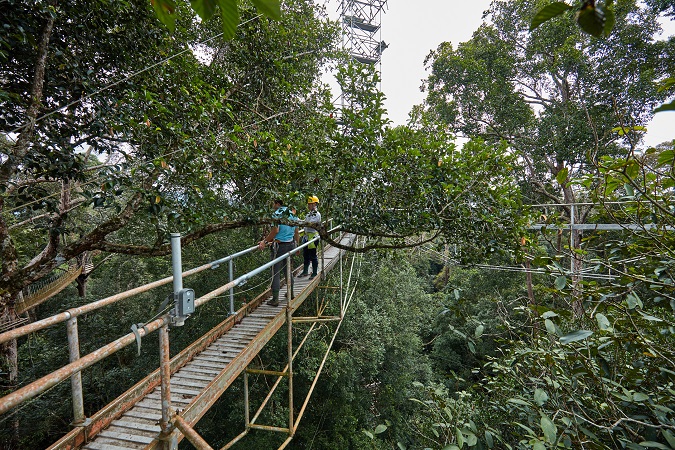
Environmental Monitoring—Tropical Ecosystems in the Changing World
Terrestrial ecosystems in Southeast Asia occupy vast areas from tropical forests, wetlands to plantations. These ecosystems make a significant contribution to the regional and global budgets of greenhouse gases (GHGs), such as carbon dioxide, methane, and nitrous oxide. However, the regional budget of GHGs in Southeast Asia and how the budget will vary in the future remain highly uncertain with increasing population pressure, climate change, natural and human disturbances. Accurately quantifying GHGs balance is critical for setting targets for their emission reductions and to identify and promote effective mitigation strategies. The presentations from various approaches and issues such as observation, experiment and modelling will bridge knowledge gaps in process understanding and across different spatial and temporal scales.
The followings are the ten speakers of this session:
-
Dr. Naishen Liang, National Institute for Environmental Studies
-
Dr. Samsudin Musa, Forest Research Institute Malaysia
-
Prof. Mazlan Hashim, Universiti Teknologi Malaysia
-
Prof. Ahmad Makmom Abdullah, Universiti Putra Malaysia
-
Dr. Kho Lip Khoon, Malaysian Palm Oil Board
-
Dr. Elizabeth Philip, Forest Research Institute Malaysia
-
Dr. Lulie Melling, Sarawak Tropical Peat Research Institute
-
Mr. Mohan Kumar Sammathuria, Malaysian Meteorological Department
-
Prof. Poonpipope Kasemsap, Kasetsart University
-
Dr. Ryuichi Hirata, National Institute for Environmental Studies
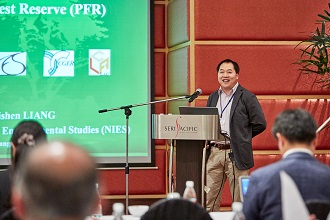
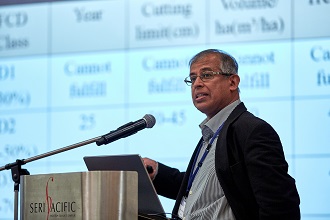
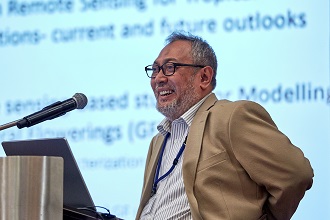
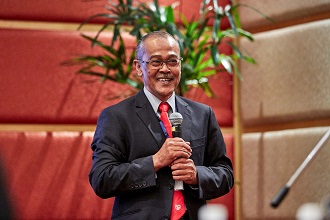
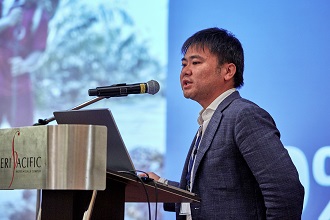
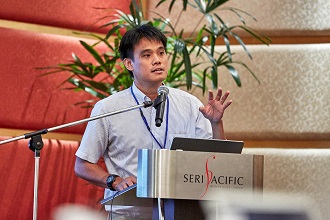
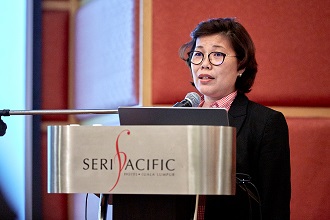
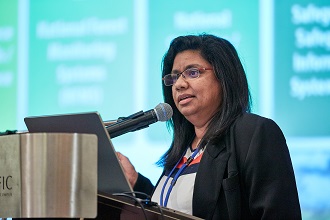
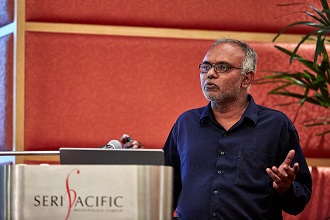
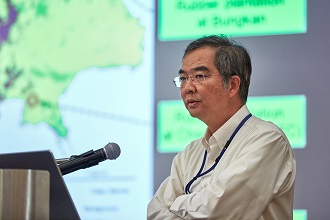
In this session, researchers from various backgrounds delivered presentations spanning a diverse range of research approaches, from observation to modeling, with a primary focus on tropical forests. Beginning with an overview of the research being conducted by National Institute for Environmental Studies (NIES) in Pasoh Forest Reserve, a wide variety of research activities and outcomes were presented including: tropical forest management systems; modeling of flowering in the tropics based on remote sensing; research on tropical forest soil acidification to assess its impact on acid precipitation in Malaysia; dynamics of carbon and nitrogen in tropical peatland ecosystems; REDD+ Implementation and its contribution to Malaysia’s NDC;* measuring carbon dioxide at a weather station in the forest of northern Sabah; interdisciplinary research on the carbon cycle in the rubber ecosystem in Thailand; and evaluating the importance of tropical peatlands and greenhouse gas fluxes in the island of Borneo.
*NDC stands for Nationally Determined Contribution, the greenhouse gas emission reduction target determined by that country. The Paris Agreement requires that signatory countries make efforts to achieve the targets set in the agreement.
Toward Further Cooperation
To conclude the session, NIES declared that it will continue to expand its collaborative network and make every effort to bring together research institutes and scientists in Malaysia and neighboring countries, in order to share the latest research findings on interaction among tropical ecosystems, climate change, population growth, and mitigation and adaptation actions.
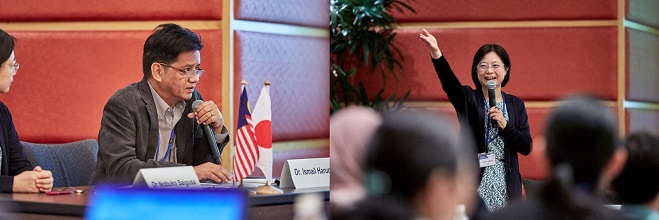
The next and final report will cover the overall conclusion of the forum.
Written by Yuri Sugimoto (Research Project Collaboration Division) and Shuichi Ashina (International Coordination Office, Planning Department)
Photos by Seiji Narita (Public Relations Office, Planning Department)